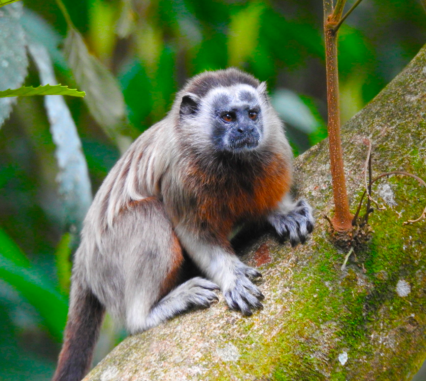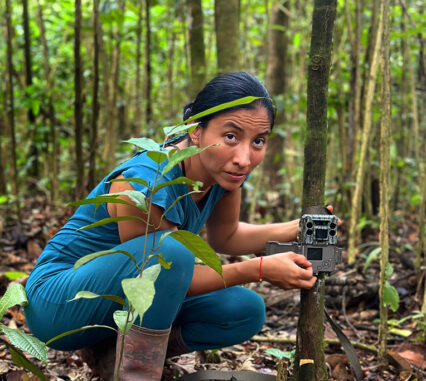Tapichalaca Reserve,Ecuador
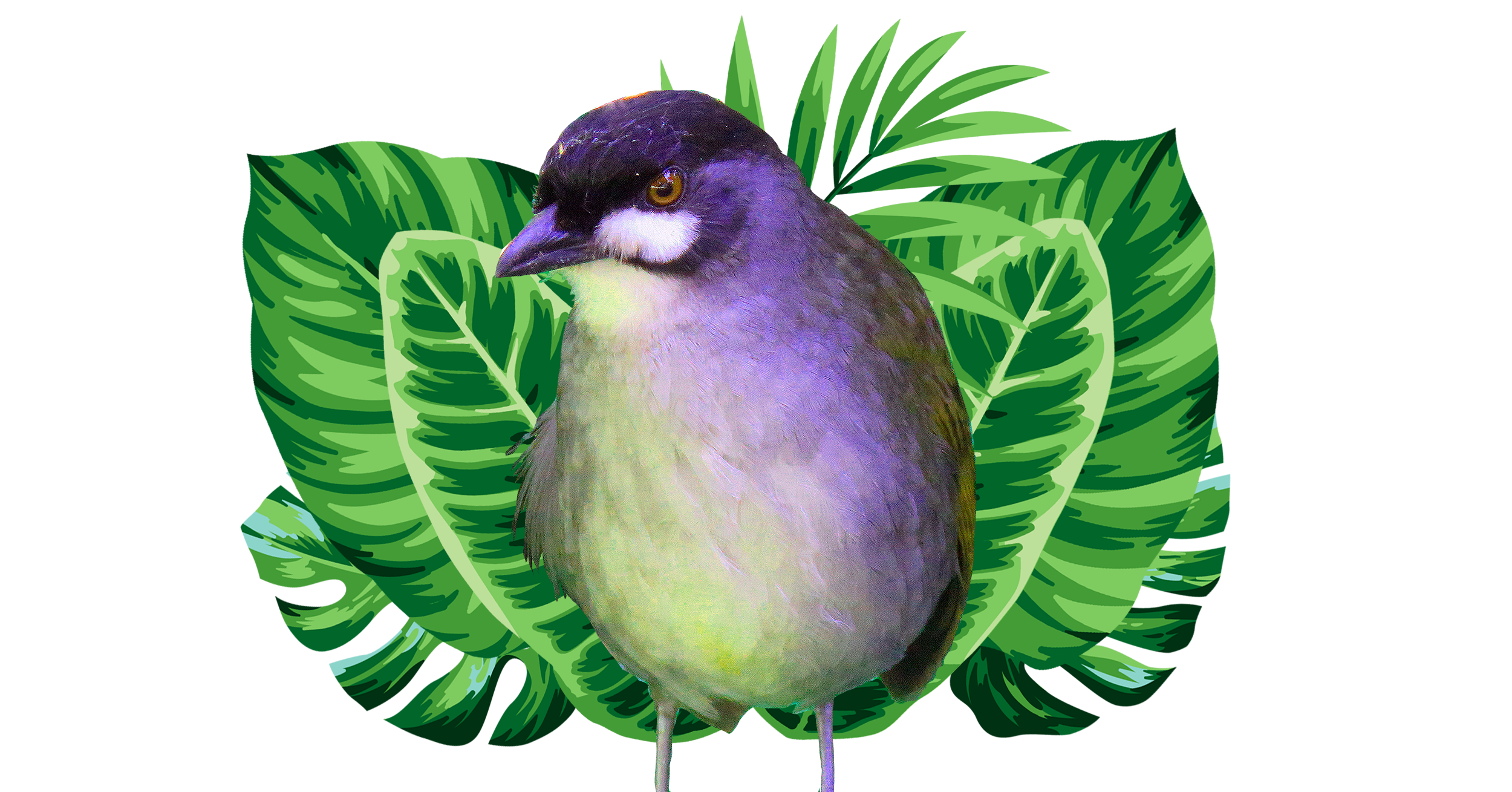
Jocotoco Antpitta
There are only 480-600 Jocotoco Antpitta left on this planet, and they are considered Endangered. This bird lives in the forests of Ecuador and Peru, but is very shy and was only discovered in 1997.
Fun fact: The name Jocotoco came from the sound the bird makes, which is a drawn-out series of single hoots (think JO…CO…TO…CO)
Vote for Tapichalaca Reserve, Ecuador

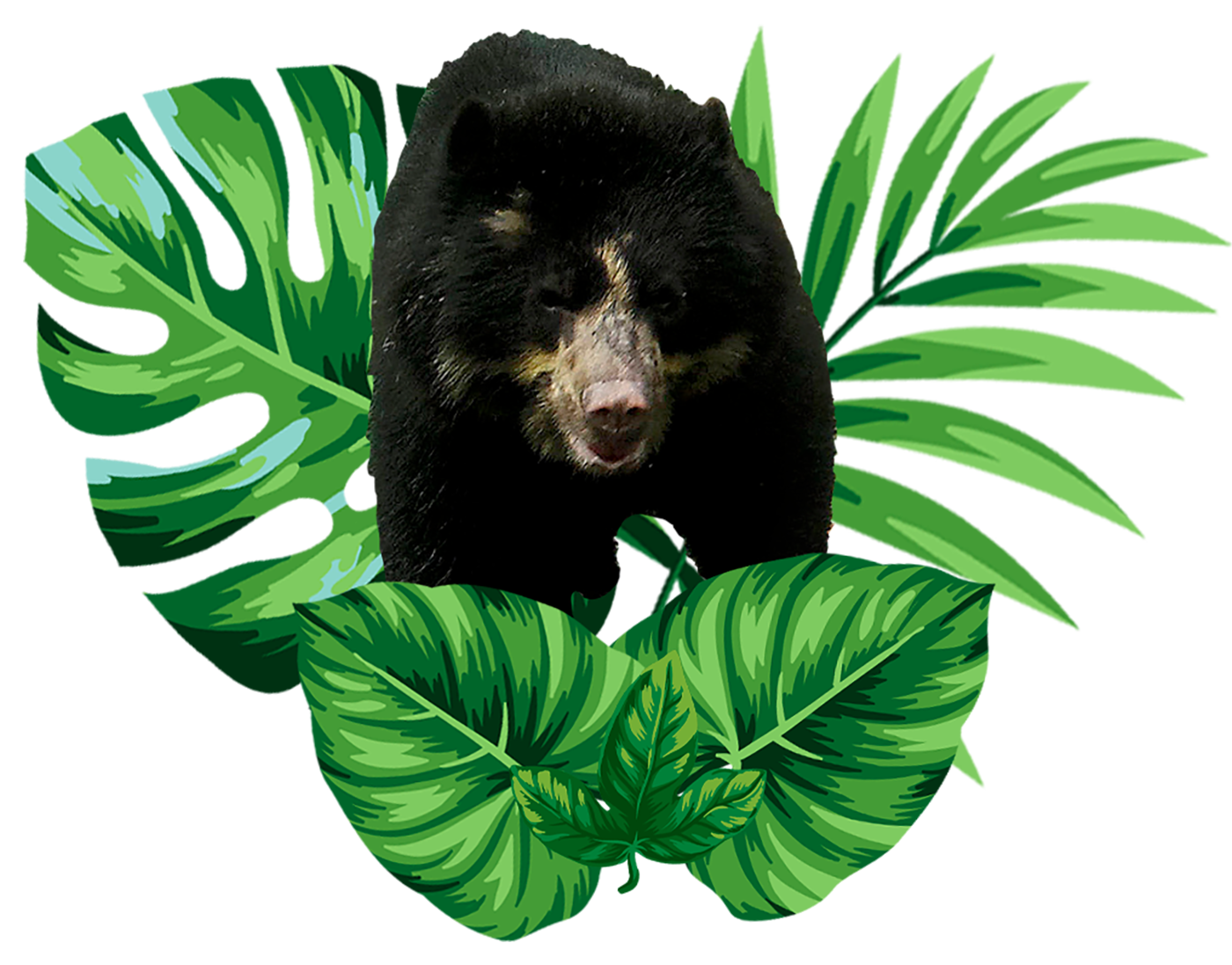
Spectacled Bear
There are less than 10,000 Spectacled Bears living in the wild, and they are considered Vulnerable to extinction. Spectacled Bears are the only surviving species of bear native to South America, and this mid-sized bear lives primarily in the Andes Mountains.
Fun Fact: The pattern and extent of the white- and yellowish-colored markings are slightly different on each individual bear.
Vote for Tapichalaca Reserve, Ecuador

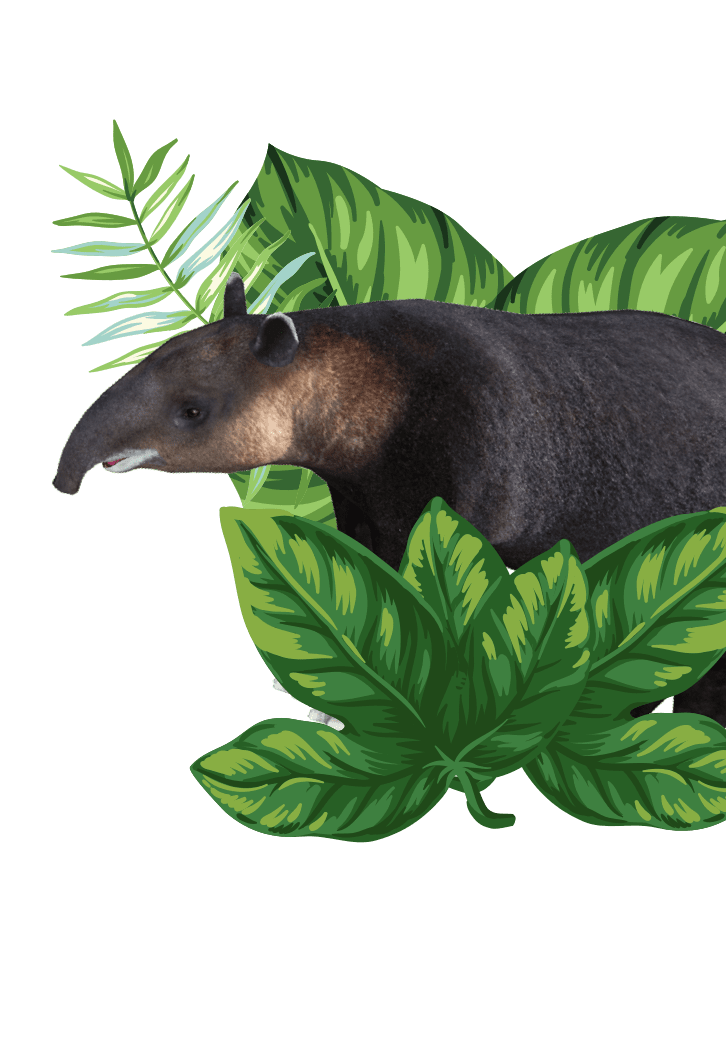
Mountain Tapir
There are only 2,500 Mountain Tapirs left on this planet, and they are considered Endangered. This large mammal (adults are almost 2 m or 6 ft long!) lives in Ecuador, Colombia and Peru.
Fun fact: Mountain Tapirs have four toes on each front foot and three toes on each back foot.
Vote for Tapichalaca Reserve, Ecuador

Reserva Natural Los Magnolios,Colombia
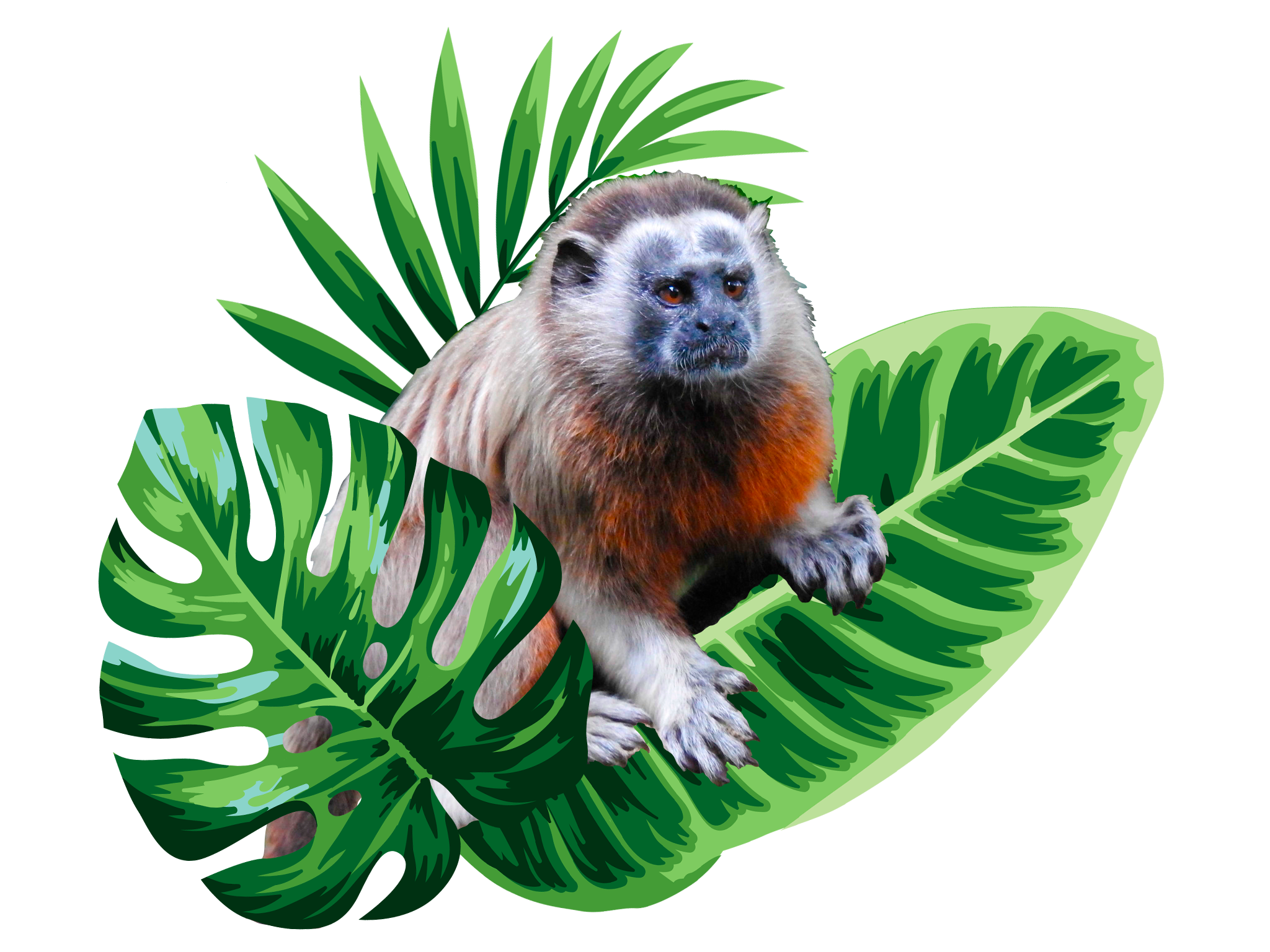
Silvery-brown Tamarin
The Silvery-brown Tamarin only lives in the forests of Colombia and is Vulnerable to extinction. It is a primate and lives high in the forest canopy, using its four limbs to swing through the trees.
Fun fact: a baby Silvery-brown Tamarin is carried on the back of its mother or father for 18 months!
Vote for Reserva Natural Los Magnolios, Colombia

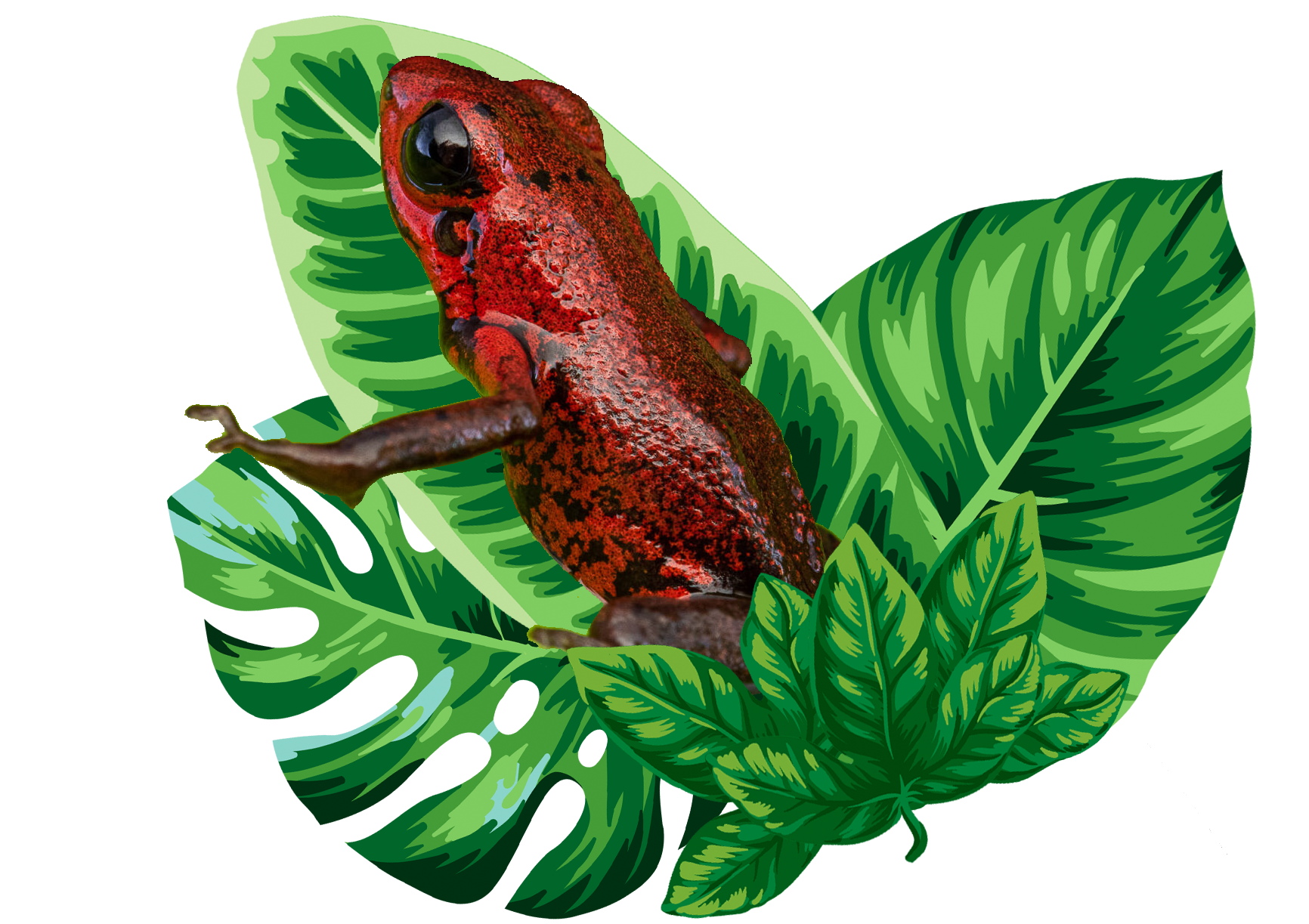
Andean Poison Frog
The Andean Poison Frog only lives in the forests of Colombia and is Vulnerable to extinction. They are tiny, less than 2 cm (or 1 in) long.
Fun fact: the Andean Poison Frog makes a buzz sound, and males like to do so from a secret location: under leaves, beneath roots of trees, and from inside some plants.
Vote for Reserva Natural Los Magnolios, Colombia

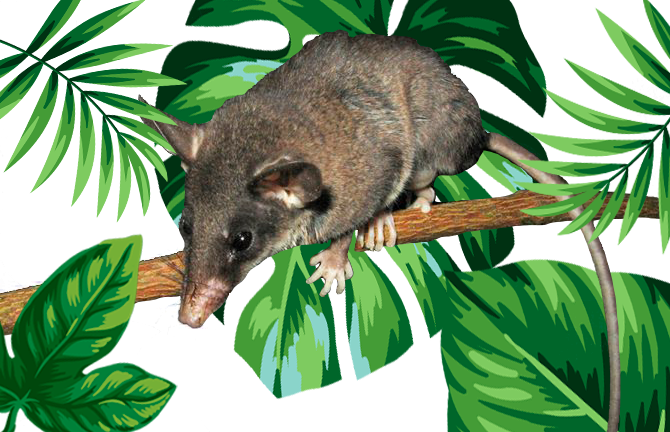
Handley’s Slender Opossum
Handley’s Slender Opossum only lives in the forests of Colombia and is Critically Endangered. Scientists know very little about this small (only 11 cm or 4 in!) marsupial.
Vote for Reserva Natural Los Magnolios, Colombia

Peroles,Peru
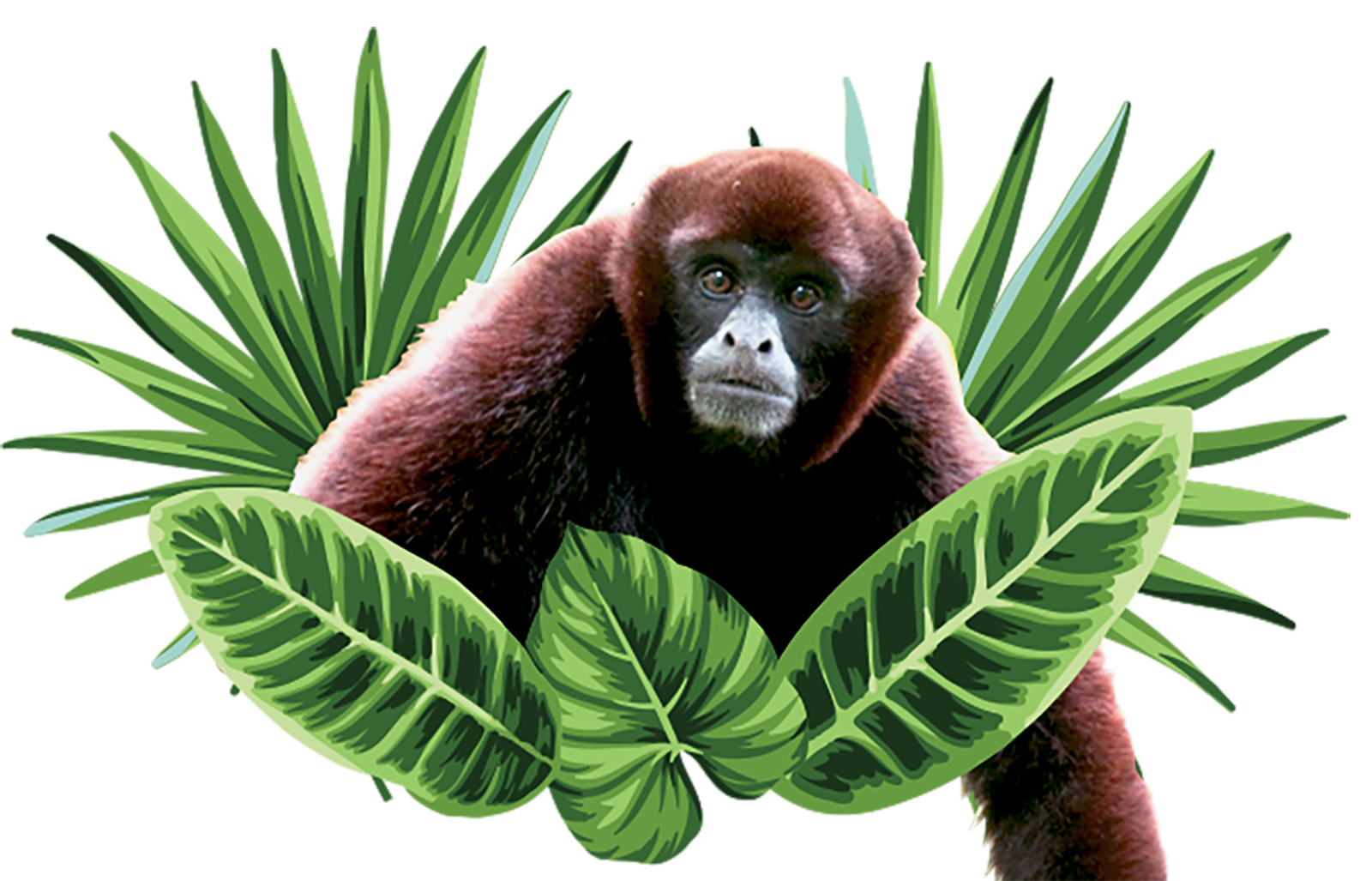
Yellow-tailed Woolly Monkey
Yellow-tailed Woolly Monkeys are large monkeys that live in the tree canopy of the forests of the Andean mountains of Peru. There are less than 10,000 of them left and this species is Critically Endangered.
Fun fact: these monkeys can leap between trees that are 15 m (or 49 ft) apart — the length of a semi-truck trailer!
Vote for Peroles, Peru

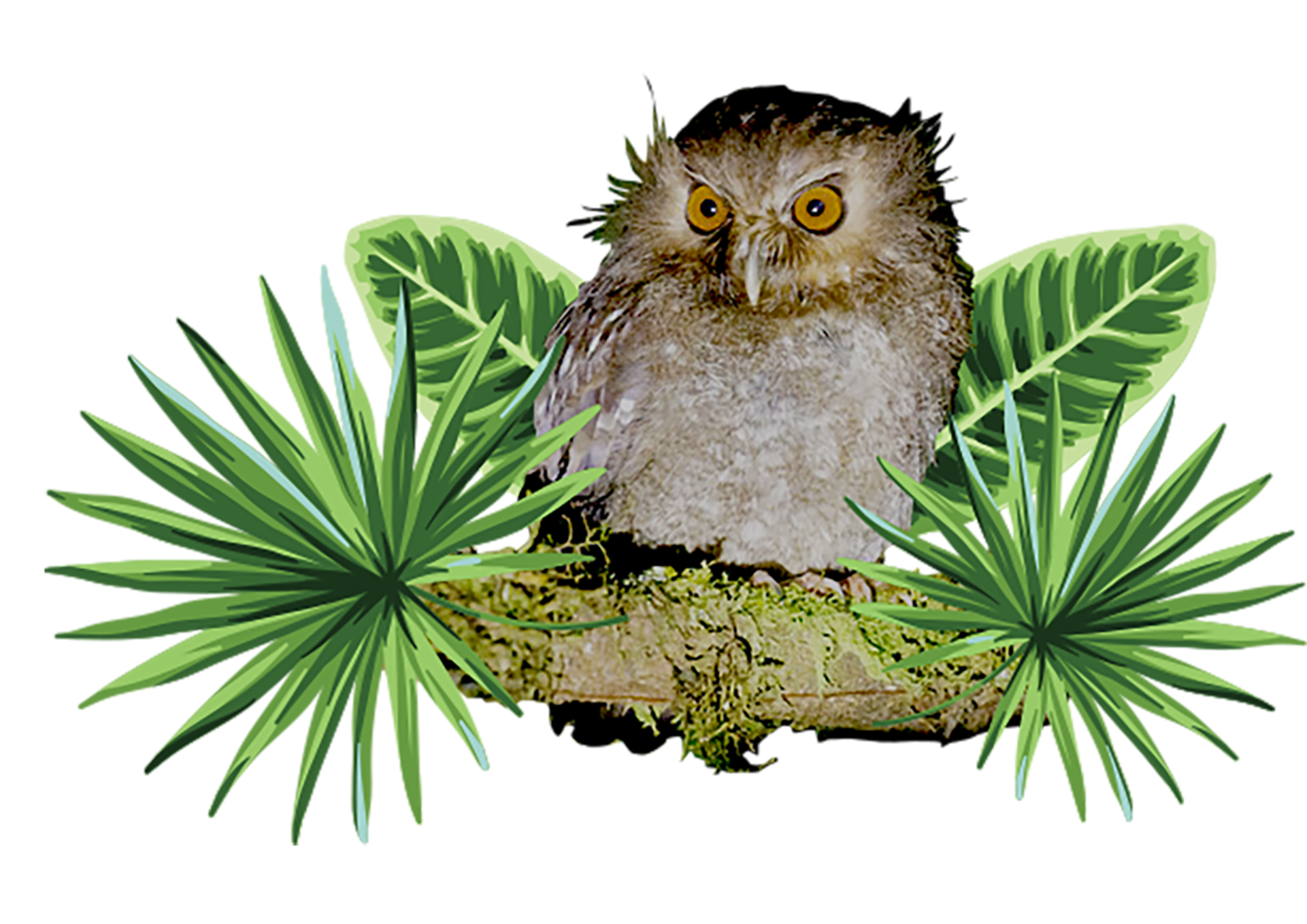
Long-whiskered Owlet
Long-whiskered owlets are one of the smallest owls in the world at only 13 cm (or 5 in) tall — the size of a can of soda/pop! They can only be found in the humid cloud forests of the Andean mountains in northern Peru. With a population of less than 1,000, the species is Vulnerable to extinction.
Fun fact: the Latin name for the genus of this species, Xenoglaux loweryi, means “strange owl.”
Vote for Peroles, Peru


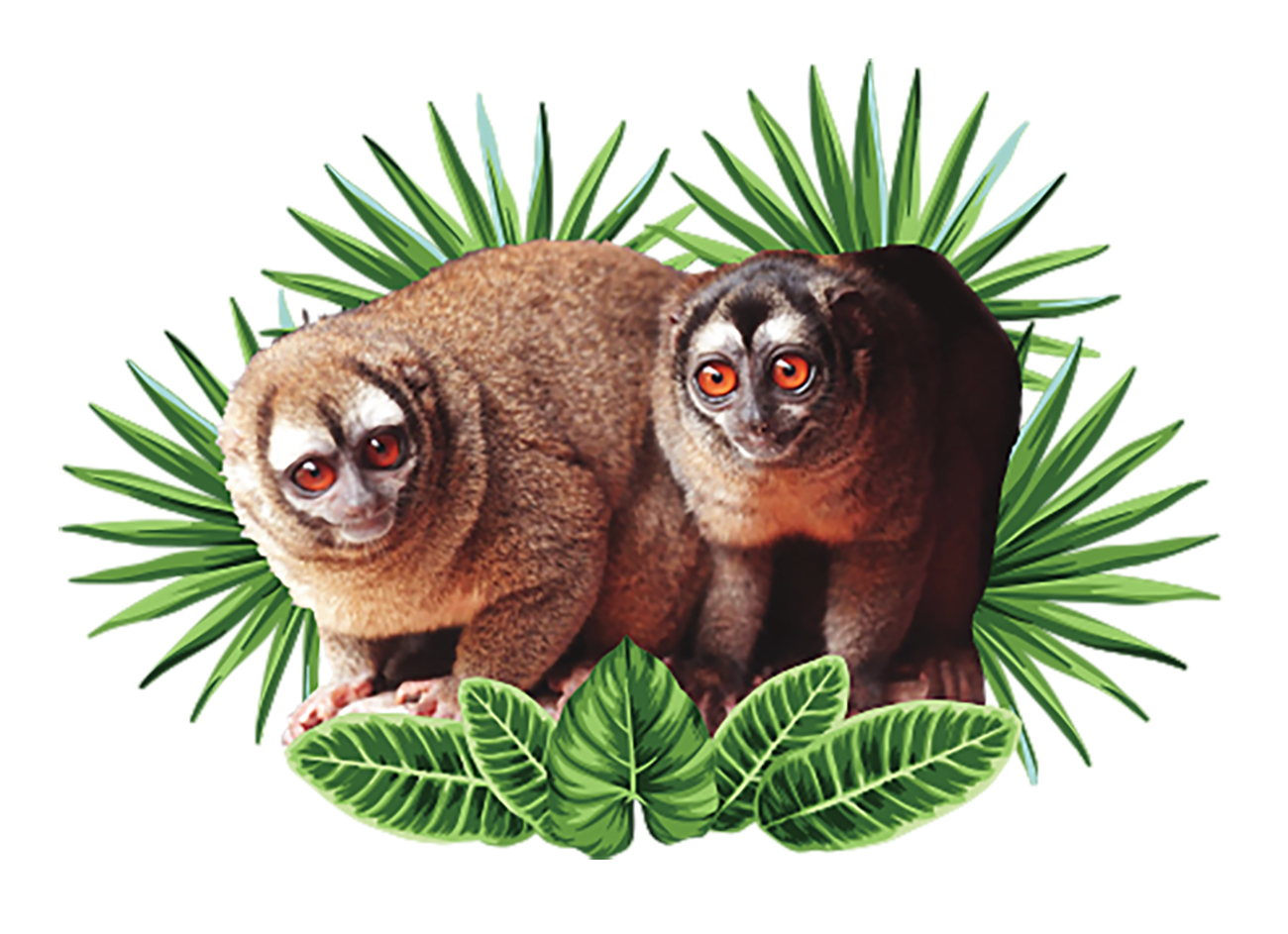
Andean Night Monkey
Andean Night Monkeys get this name because they are nocturnal (meaning they are awake at night) and live in the cloud forests of the Andean mountains in Peru. They are considered Endangered.
Fun fact: Andean Night Monkey babies are mainly raised by their dads, who carry them on their backs, protect them, play with them, and feed them (when they are no longer nursed by their mom).
Vote for Peroles, Peru

Chocó Forest,Ecuador

Jaguar
Jaguars are considered Near Threatened and live in South and Central America, especially in the forests and wetlands of the Amazon basin. With a body length of up to 1.85 m or 6 ft 1 in (the height of a large refrigerator), it is the largest cat species in the Americas and the third largest in the world. And that’s not the only thing that sets this species apart from other felid species: jaguars are good swimmers!
Fun fact: Jaguars’ spots are shaped like roses and are called rosettes.
We protected it! Check out our success story


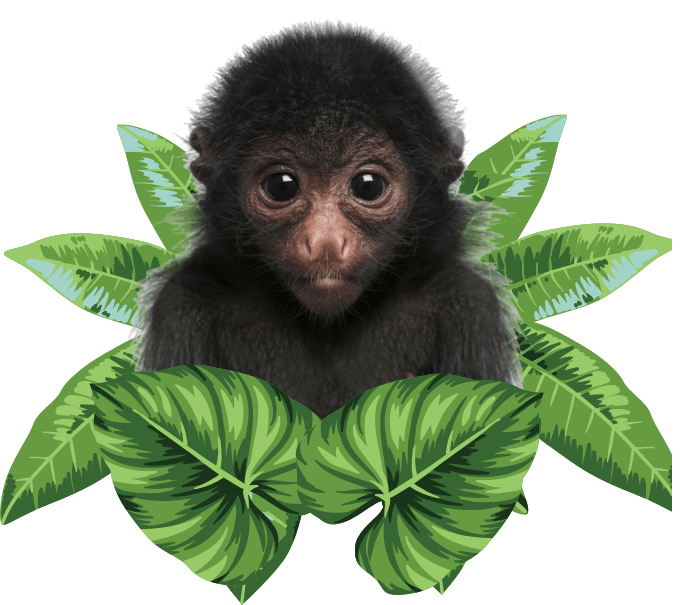
Brown-headed Spider Monkey
Brown-headed Spider monkeys are Critically Endangered! The remaining populations live in the treetops of sub-tropical and tropical forests in Ecuador and Colombia in groups of 20 to 30. Brown-headed Spider Monkeys mainly eat the fruit that grows in the tree canopy.
Fun fact: The tails of Brown-headed Spider Monkeys are much longer than their bodies!
We protected it! Check out our success story

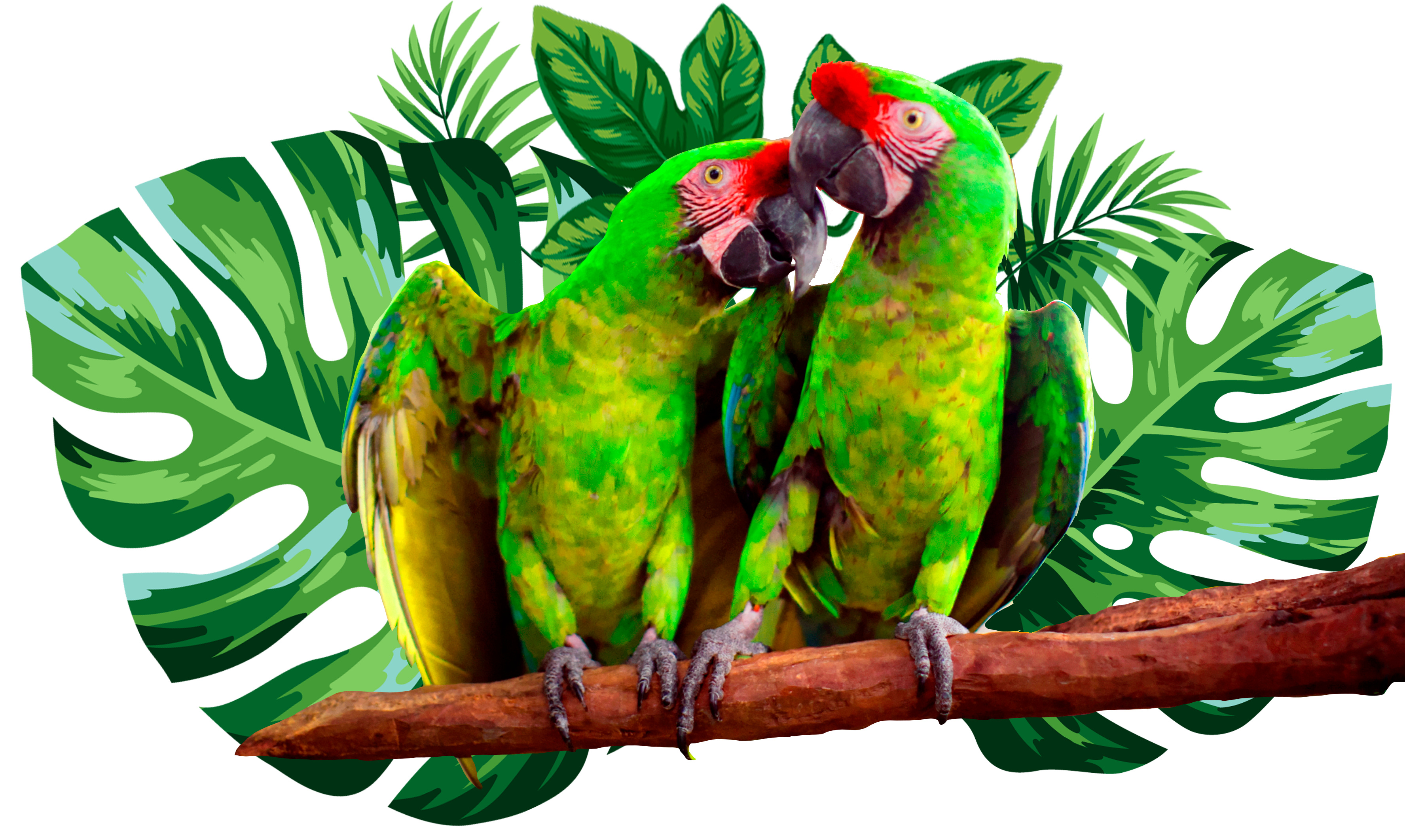
Great Green Macaw
There are only 500-1,000 Great Green Macaws left on the planet so they are considered Critically Endangered. This large type of parrot lives in the tropical forests of Central and South America, including Ecuador, often in pairs or in a small flock.
Fun fact: The Great Green Macaw’s favorite food is almonds (from the tree Dipteryx panamemsis).
We protected it! Check out our success story



